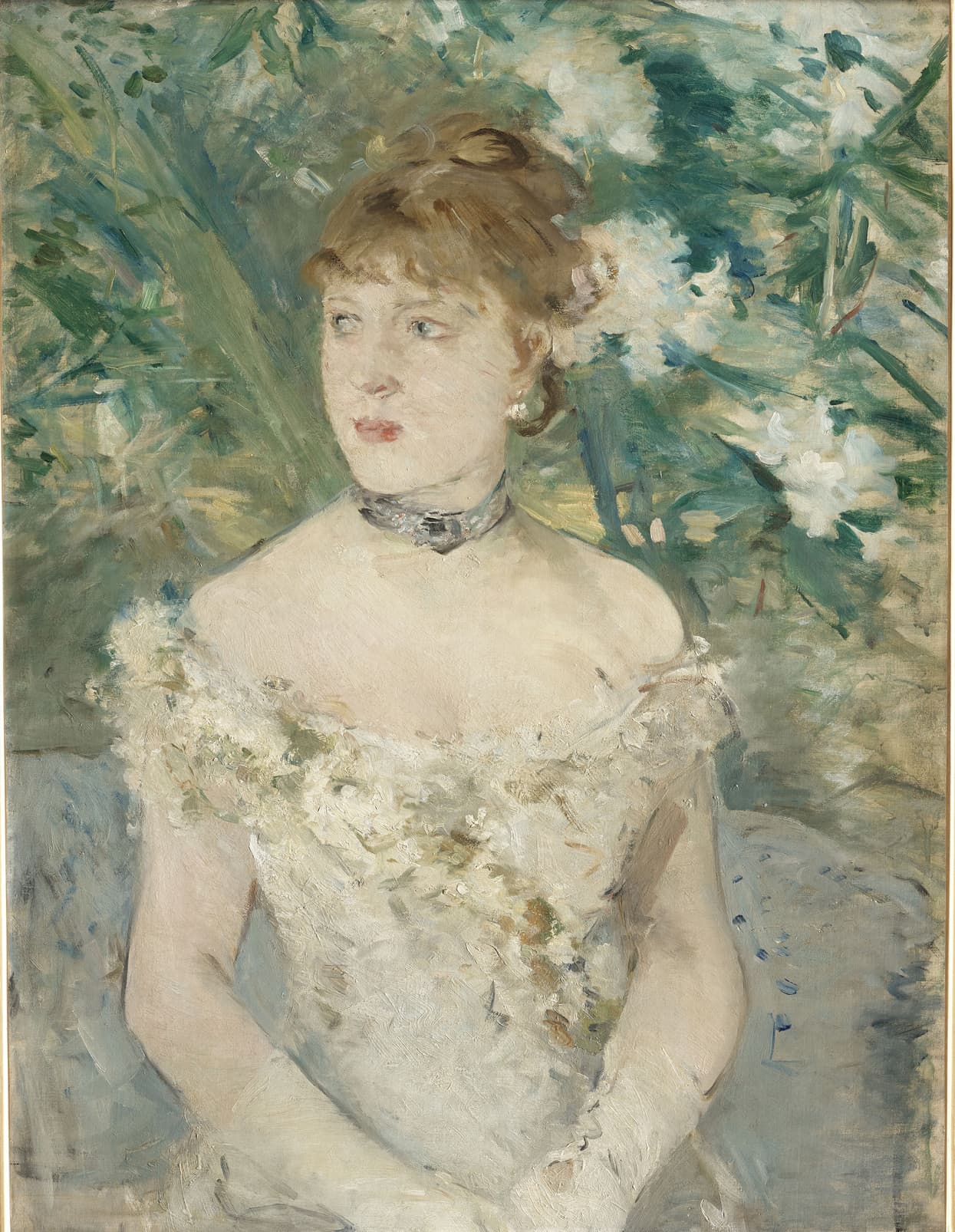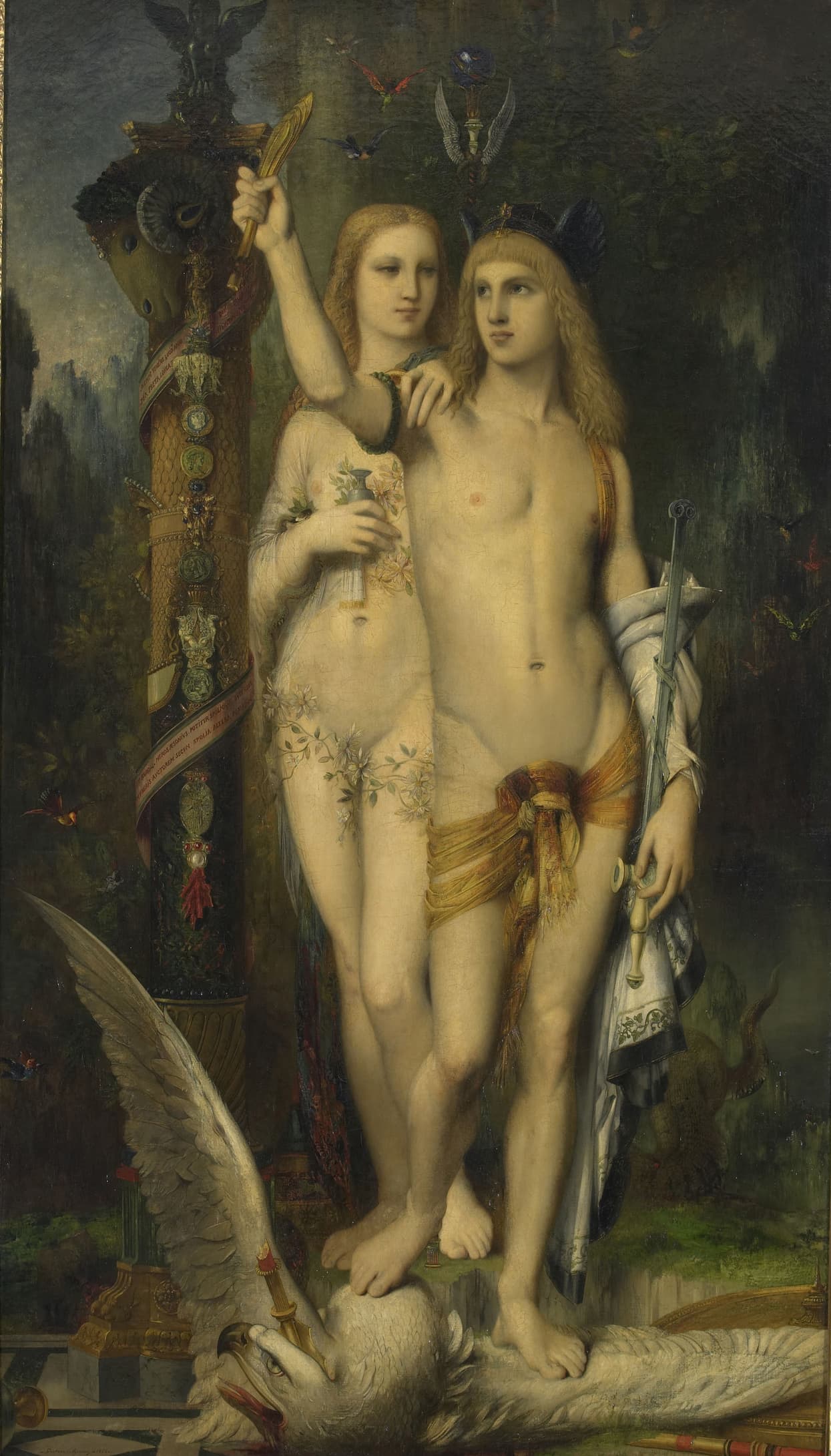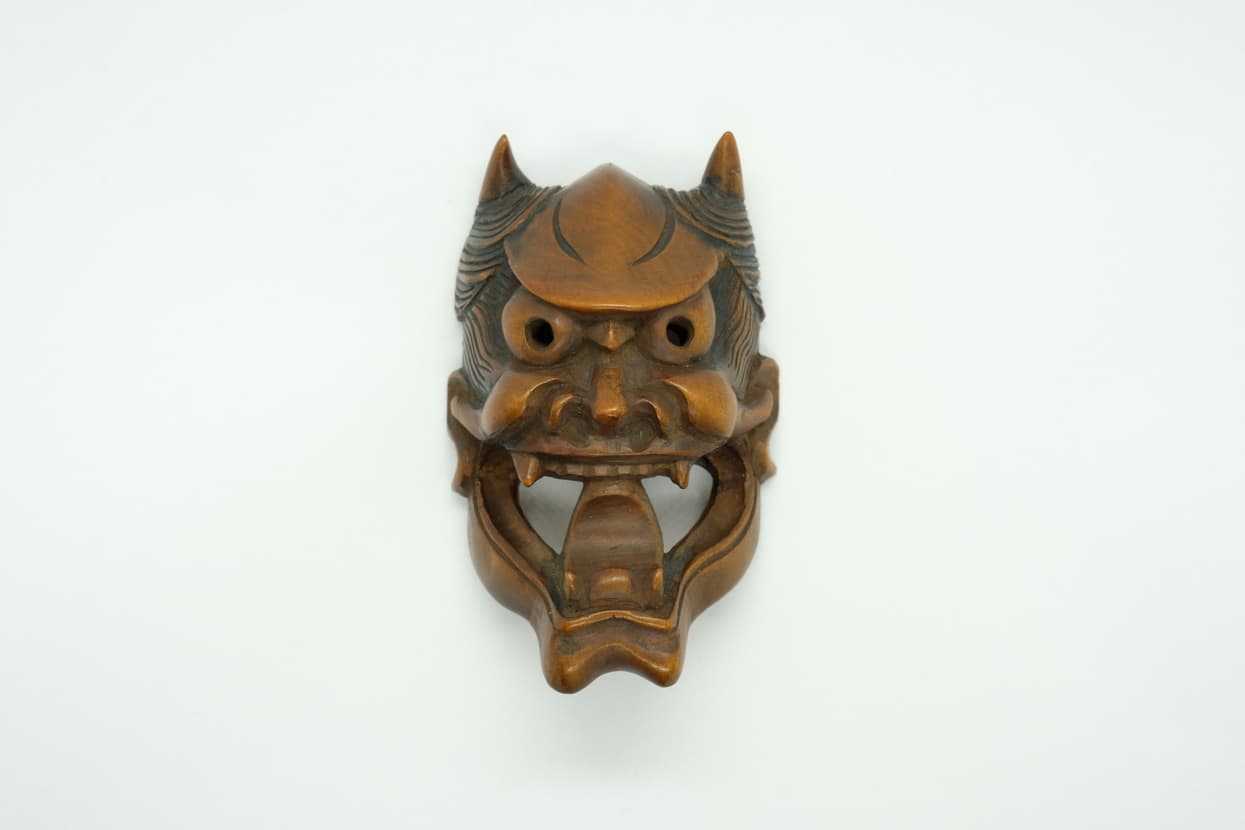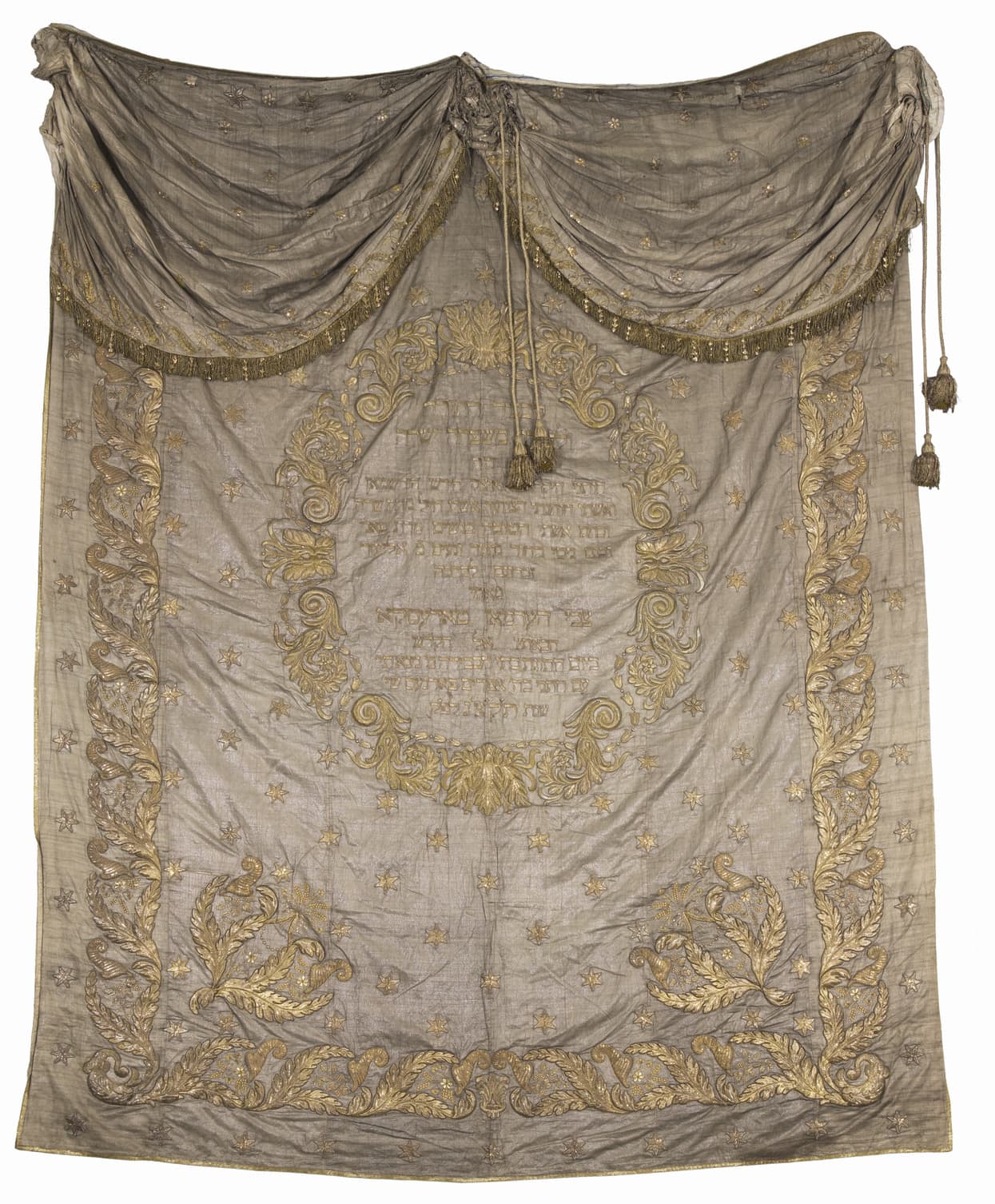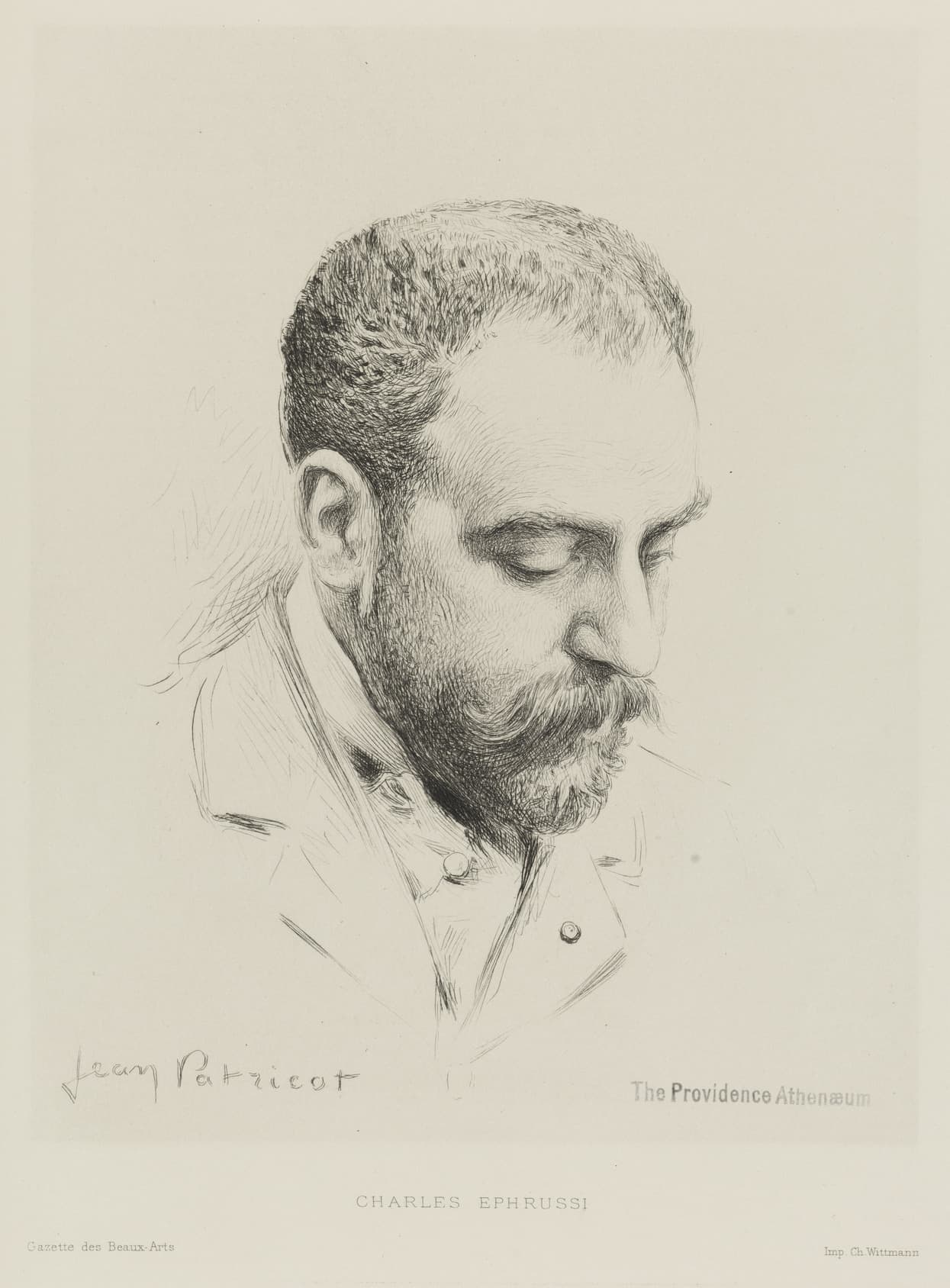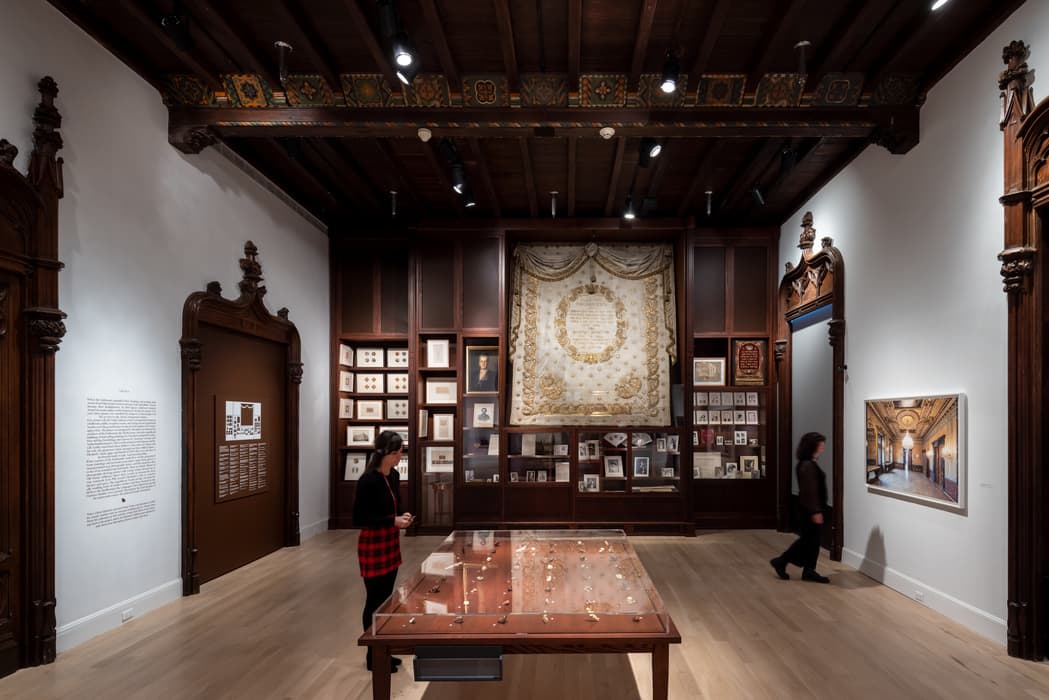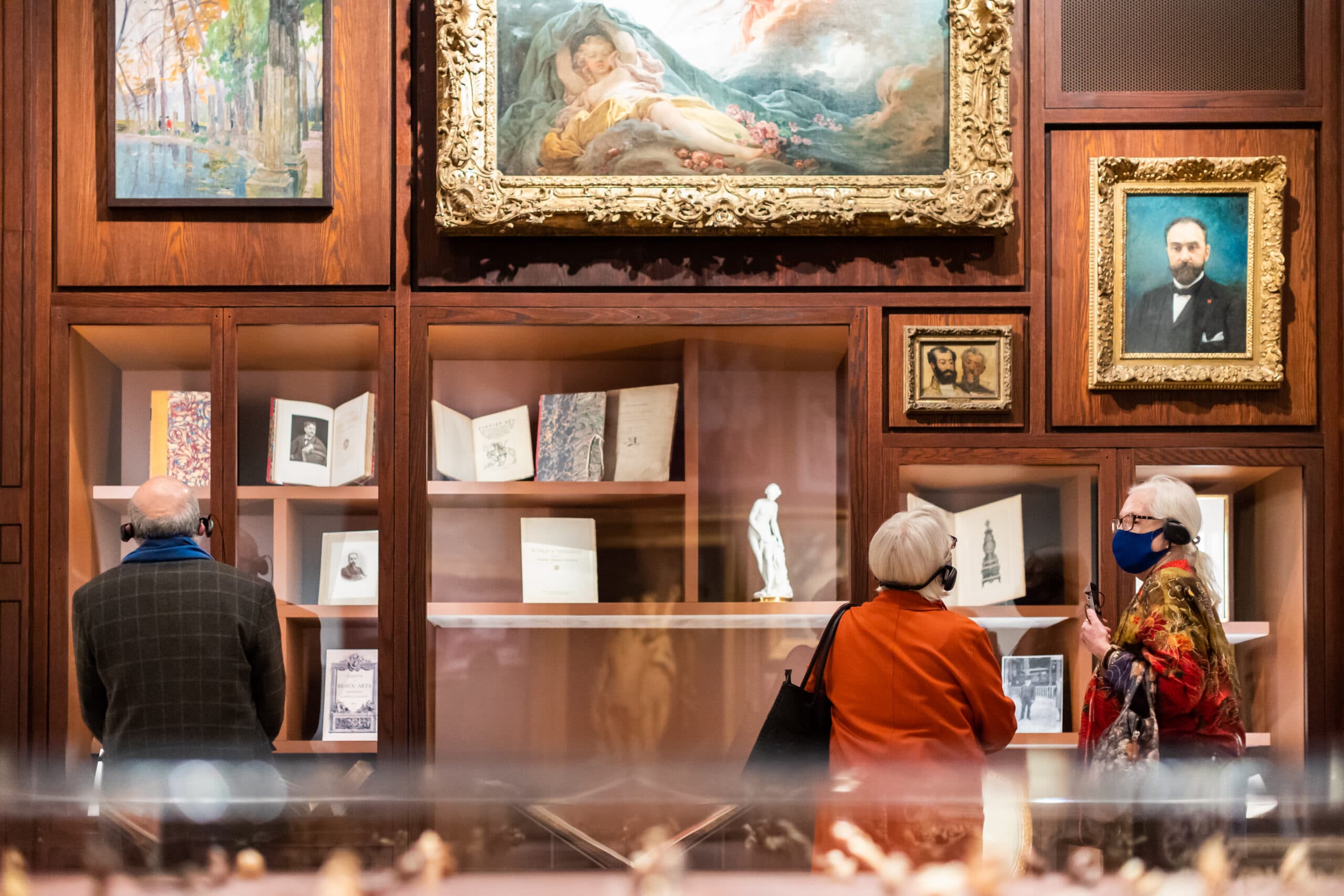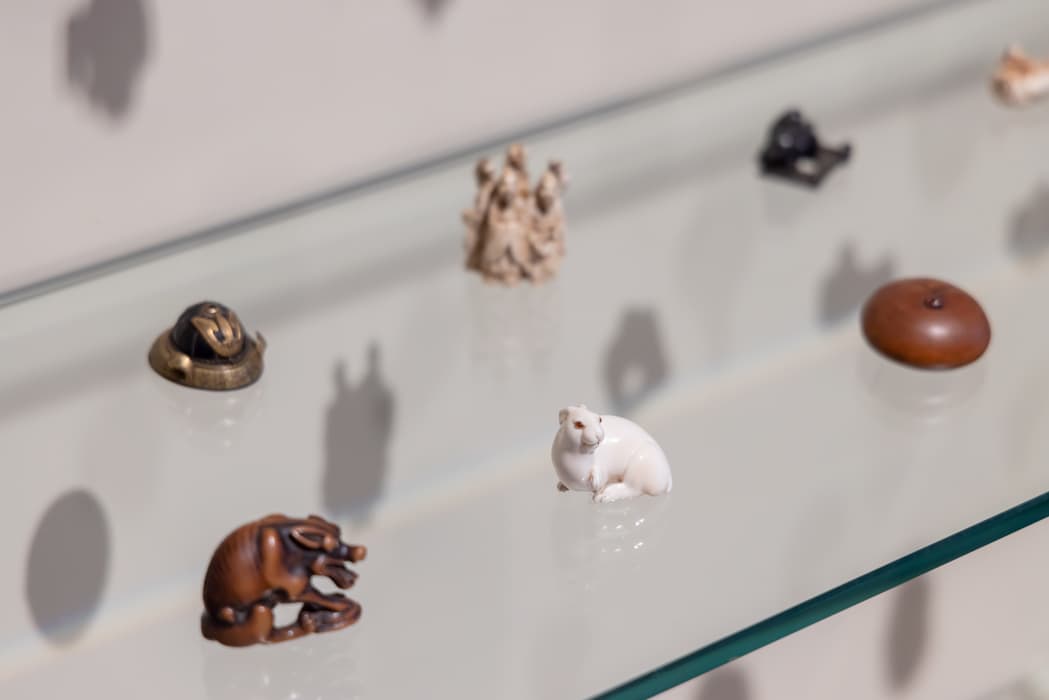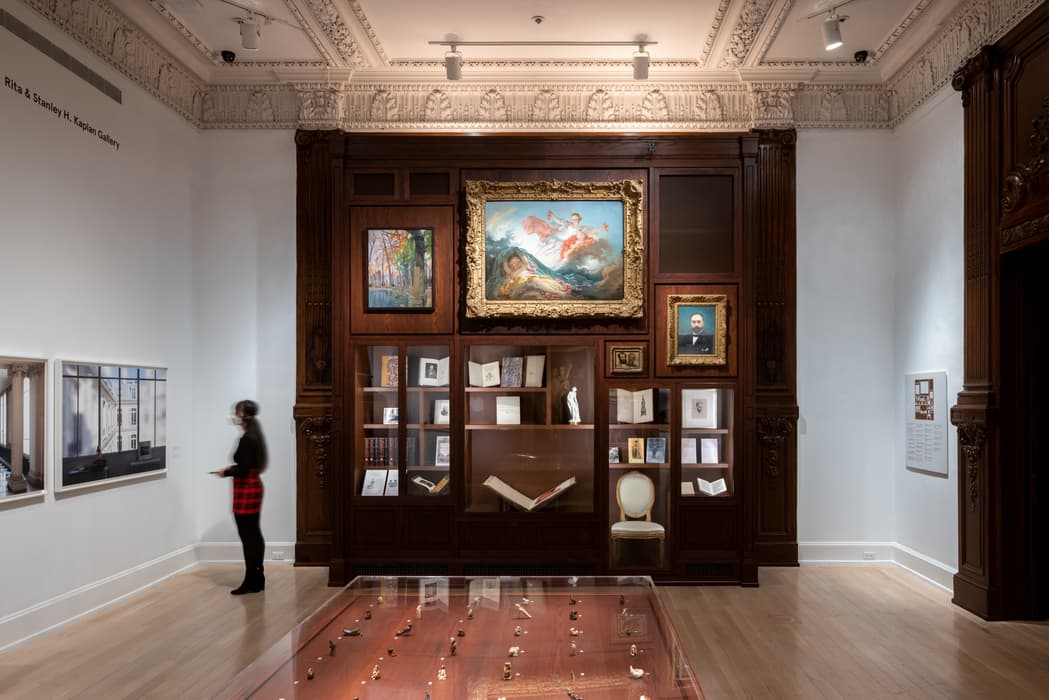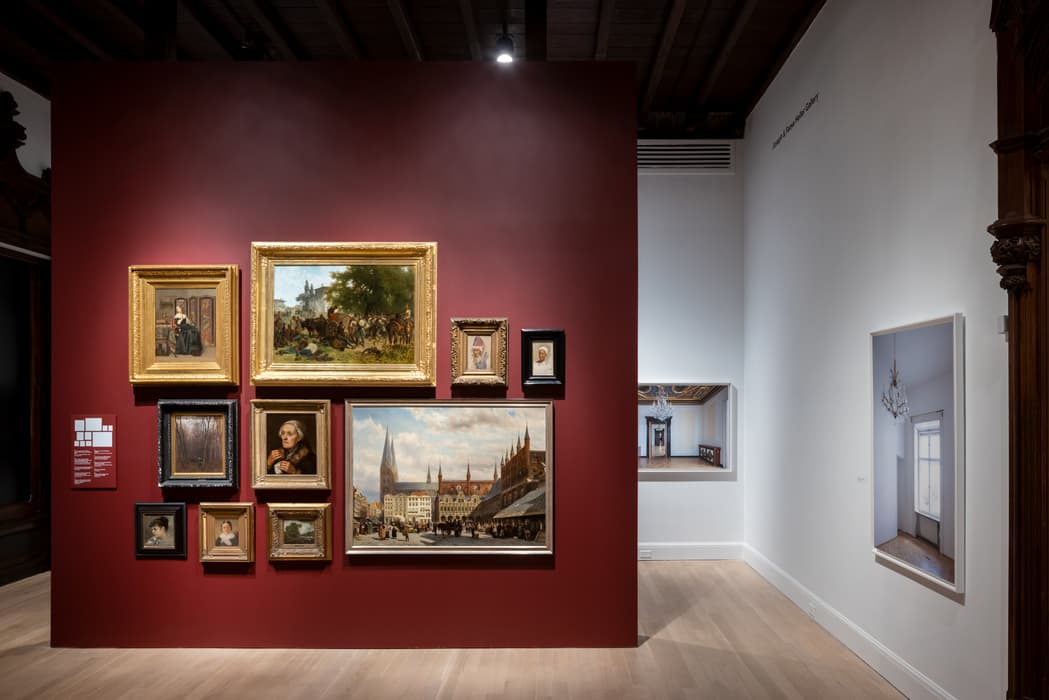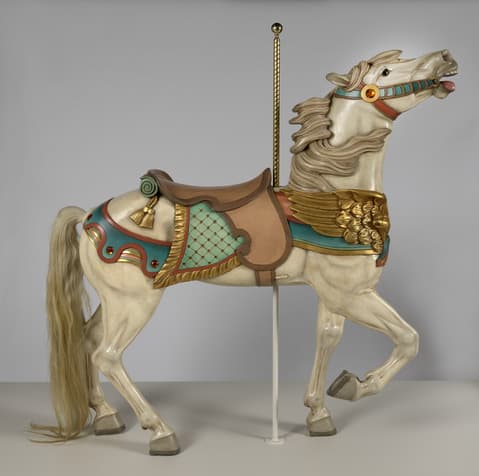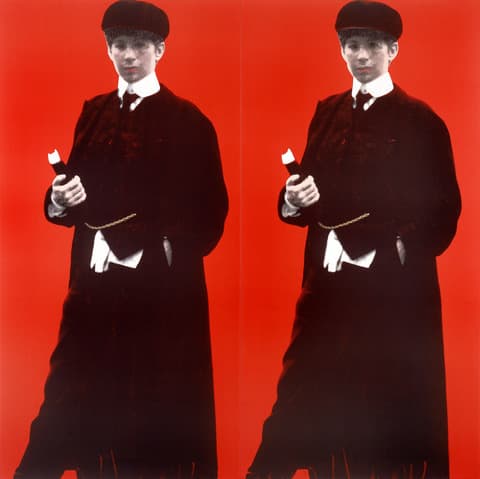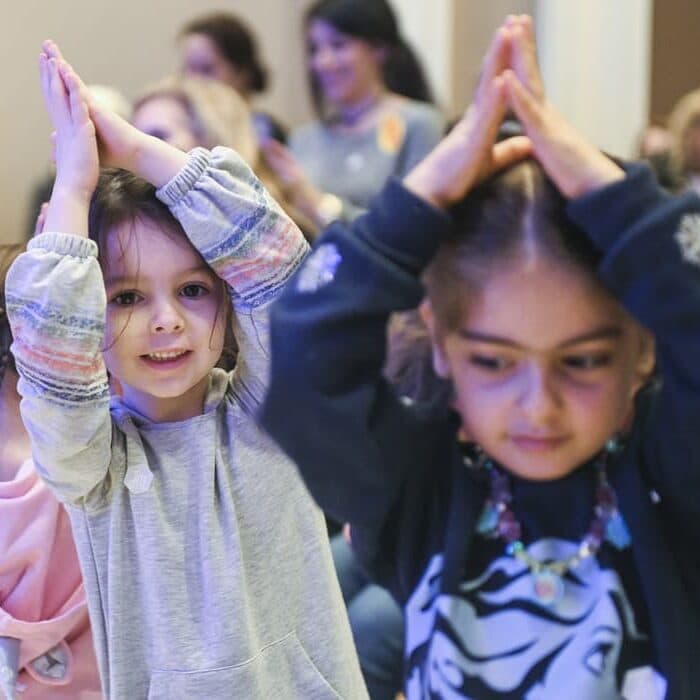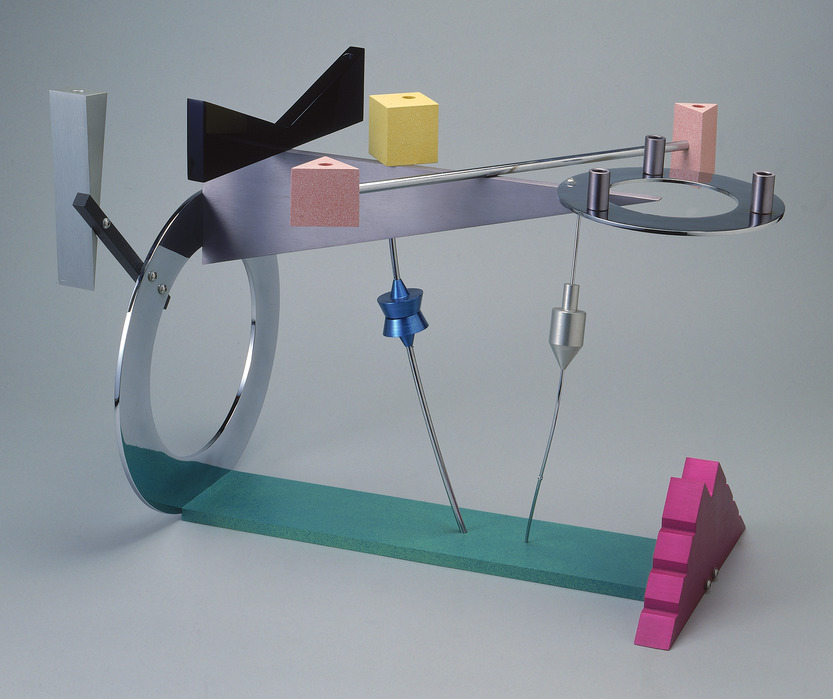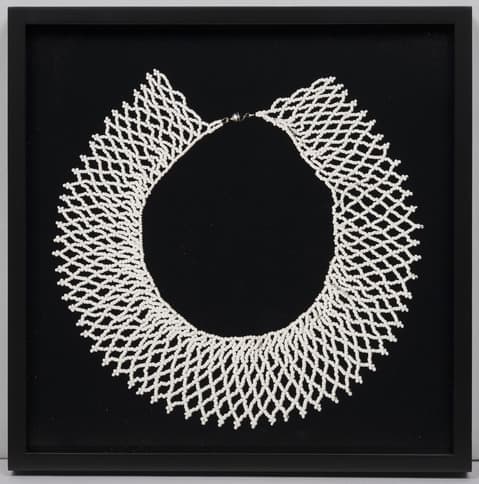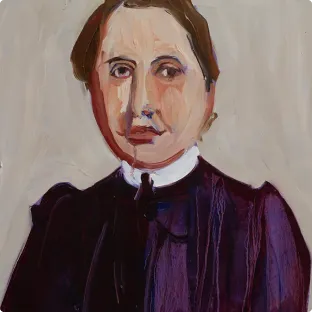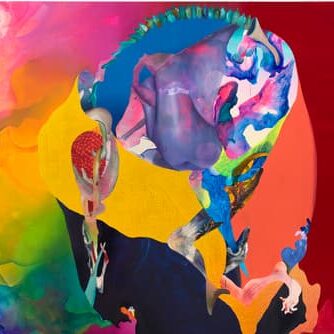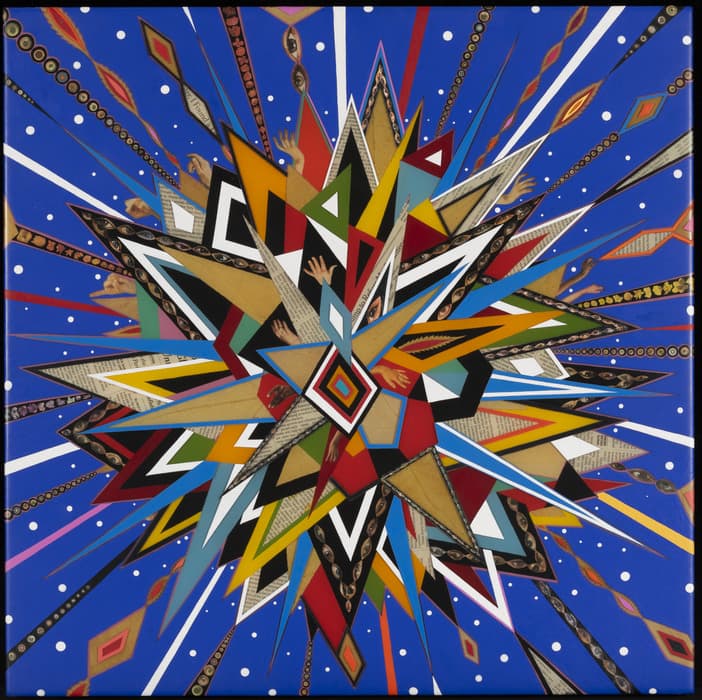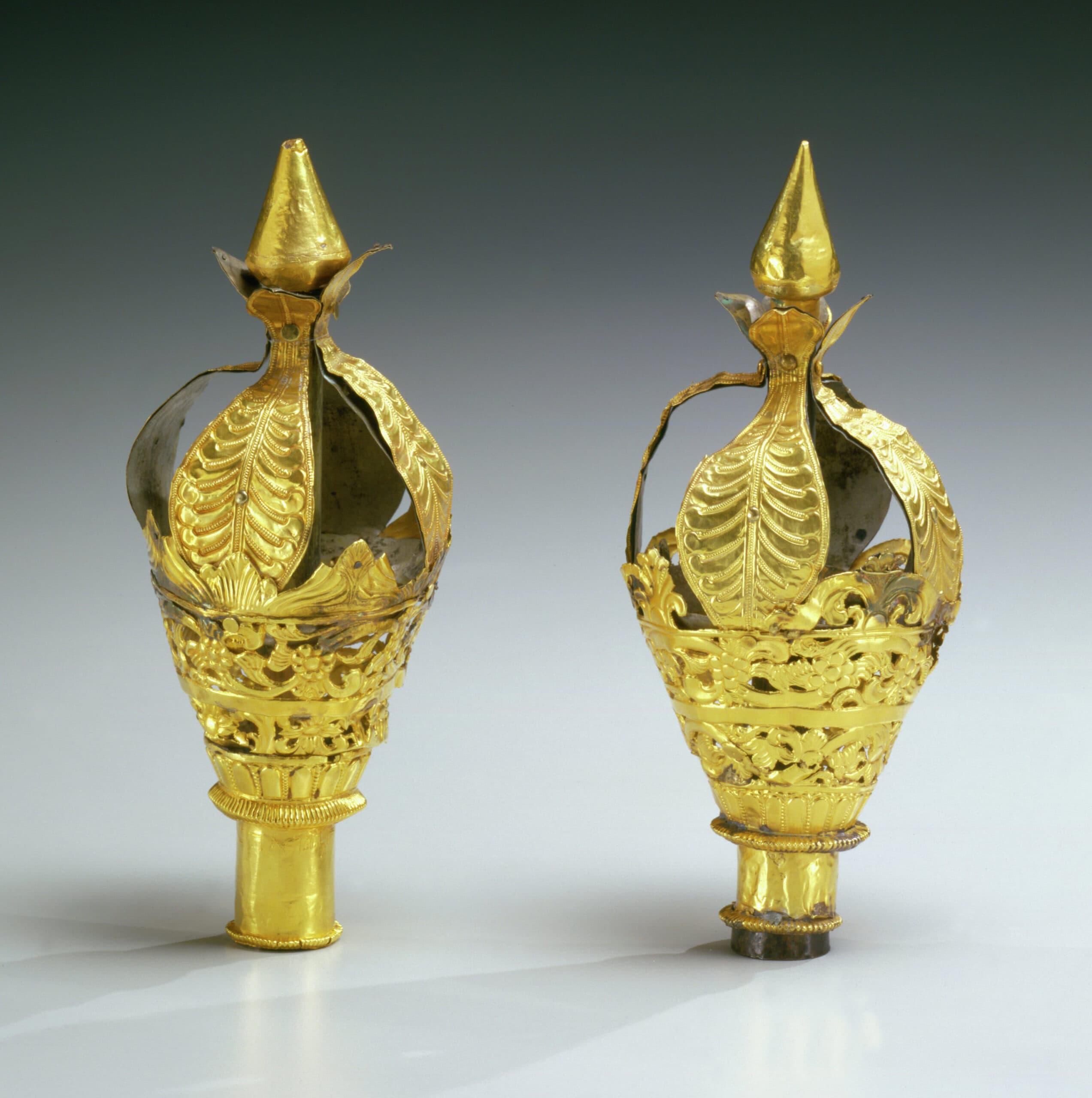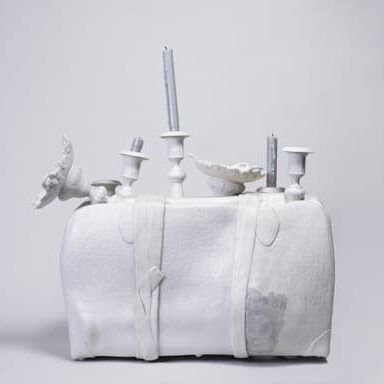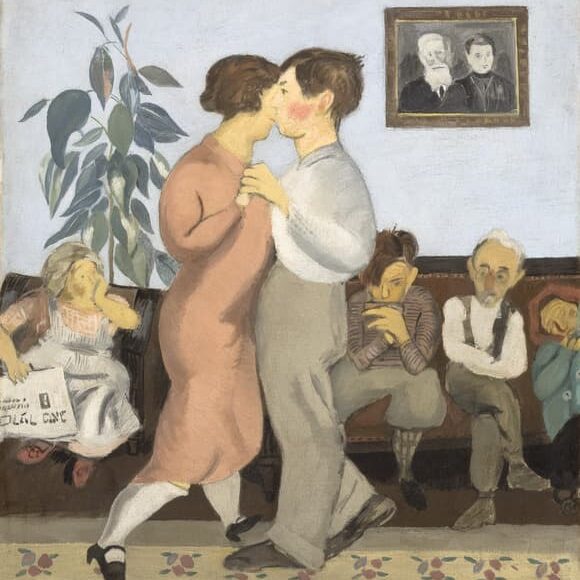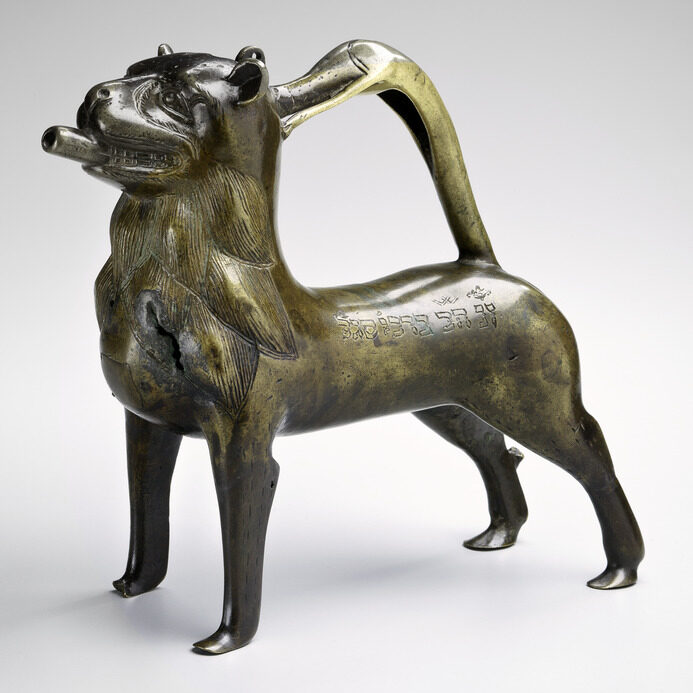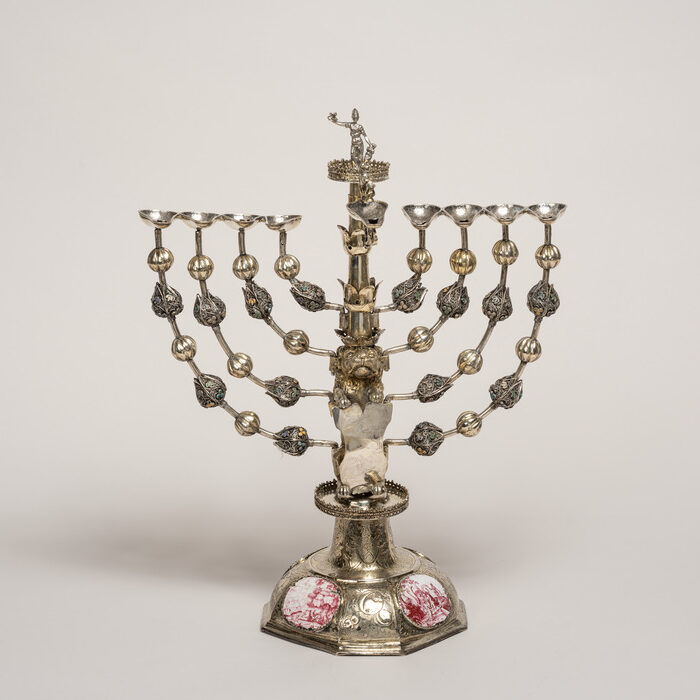The Hare with Amber Eyes
The Hare with Amber Eyes tells the story of the Ephrussi family, celebrated in the bestselling memoir of the same name by Edmund de Waal.
Visitors to the exhibition can enjoy a complimentary audio experience that brings de Waal’s memoir to life through excerpts read by the author on an audio playback device, available at the exhibition entry.
The Hare with Amber Eyes tells the story of the Ephrussi family—celebrated in the 2010 memoir and The New York Times bestseller of the same name by Edmund de Waal—and showcases the breadth and depth of their illustrious collection. The exhibition, on view at the Jewish Museum from November 19, 2021 through May 15, 2022, explores the family’s rise to prominence and splendor in the first half of the nineteenth century, followed by a focus on the prolific collector and historian of art, Charles Ephrussi, to the inter-war years, and finally World War II, when the family lost its fortune and collection to Nazi looting.
Diller Scofidio + Renfro, working closely with de Waal and the Jewish Museum, has created an interpretive installation using family and loaned artifacts that trace the turbulent history of their movements through place and time. The architecturally distinguished homes the Ephrussi family inhabited over the course of generations will be evoked within the domestic setting of the Jewish Museum and brought to life through excerpts from de Waal’s memoir.
The exhibition brings together pieces from the Ephrussi’s collections to examine the ways in which objects can function as storytellers, symbols of resilience, and monuments of a family legacy, including artworks by Jean-Honoré Fragonard, Berthe Morisot, Claude Monet, Gustave Moreau, and Auguste Renoir, among others; decorative objects; and family photos and ephemera from their lives across four continents. At the exhibition’s centerpiece is the extraordinary collection of Japanese netsuke, miniature carved sculptures of the Edo Period (17th-19th centuries), hidden by a maid from German officials in her mattress during World War II, and later returned to the family after the war. The collection of netsuke has since been handed down to subsequent generations, serving as a connection between the past and the present. The most recent member of the family to inherit the collection, author and ceramicist Edmund de Waal, drew from them the inspiration for his memoir The Hare with Amber Eyes, continuing the family’s storied legacy of artistic and cultural pursuits.
In the Press
“As a family portrait, or a look at how collections evolve over generations, the museum version of “The Hare With Amber Eyes” is deeply moving. At a time of so much loss, isolation and separation, it’s heartening to see the Ephrussis reunited, with one another and with their art.”
— The New York Times
“The whole installation reads like a meditation on evanescence and the unlikely endurance of beauty.”
— Financial Times
“Perhaps the main reason to see the show at the Jewish Museum is that 168 of de Waal’s netsuke are in it, including the eponymous white hare with amber eyes … the artworks include superb pieces by Berthe Morisot, Pierre-Auguste Renoir, Jean-Honoré Fragonard and Edgar Degas. Each has its own fascinating backstory.”
— The Washington Post
The Hare with Amber Eyes, based on a book of the same name by Edmund de Waal, is organized by the Jewish Museum, New York; Stephen Brown, Curator, with Shira Backer, Leon Levy Associate Curator, in collaboration with Edmund de Waal. Interpretation and design by Diller Scofidio + Renfro.
The exhibition is based on the exhibition The Ephrussis: Travel in Time, organized by the Jewish Museum, Vienna.
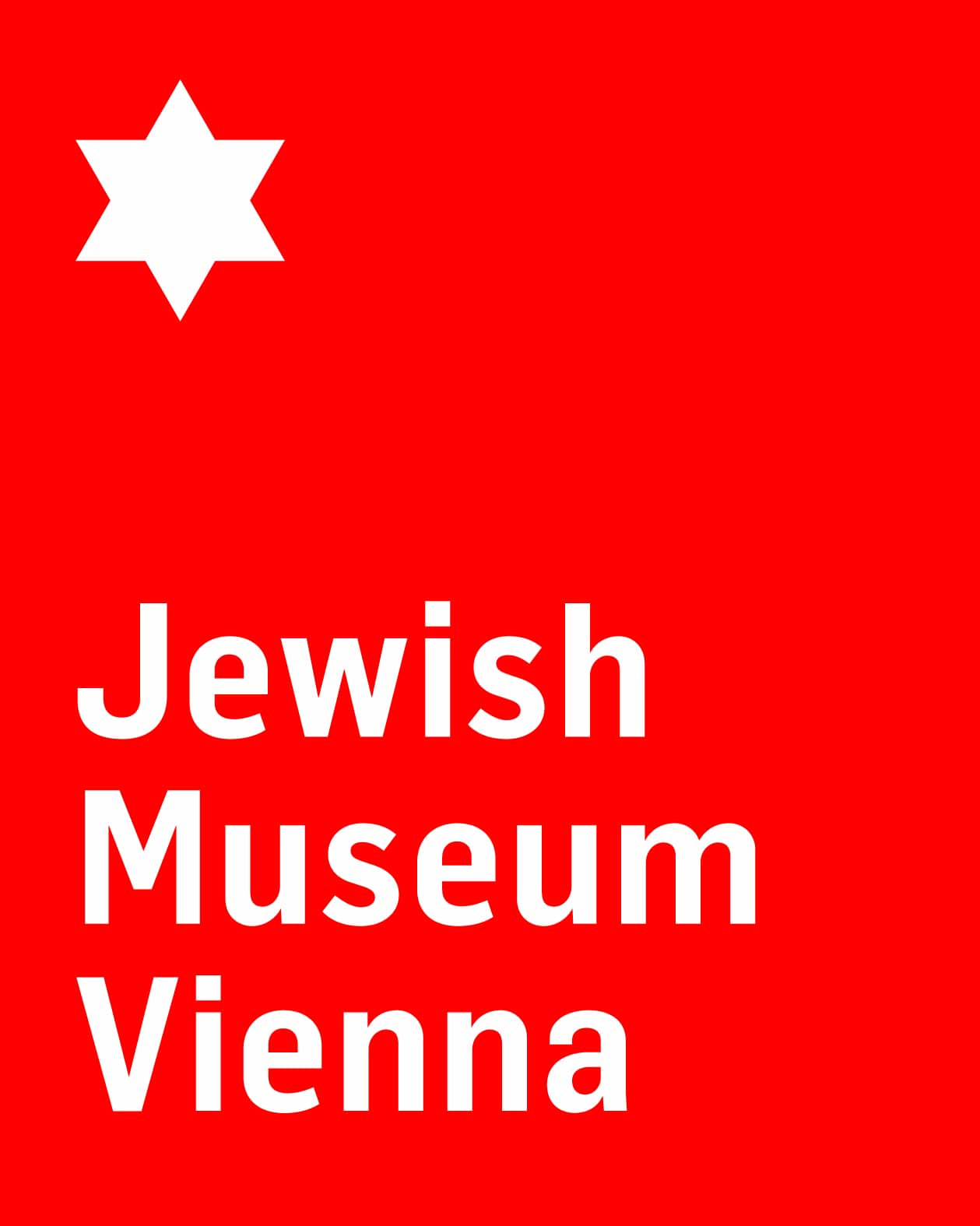
The Hare with Amber Eyes is made possible by The Wilf Family Foundations, the Arnhold Family, Wendy Fisher and the Kirsh Foundation, Denise Littlefield Sobel, E. Rhodes and Leona B. Carpenter Foundation, Judy and Leonard Lauder, Reuben and Jane Leibowitz, The Goldie and David Blanksteen Foundation, a gift from the estate of Gaby and Curtis Hereld, Jeanine Parisier Plottel and Roland Plottel, Dr. Claude Ghez, Blavatnik Family Foundation, Peggy and Richard Danziger, Marina and Andrew Lewin, Midge and Simon Palley, the Japan Foundation, Dasha Epstein, Dr. Harriette Kaley, Sir Paul Ruddock and Lady Jill Shaw Ruddock, Barbara Tober, and Robin and Daniel Greenspun.

Additional support is provided by The Centennial Fund, The Skirball Fund for American Jewish Life Exhibitions, The Joan Rosenbaum Exhibitions Endowment, the Leon Levy Foundation, and other generous donors.
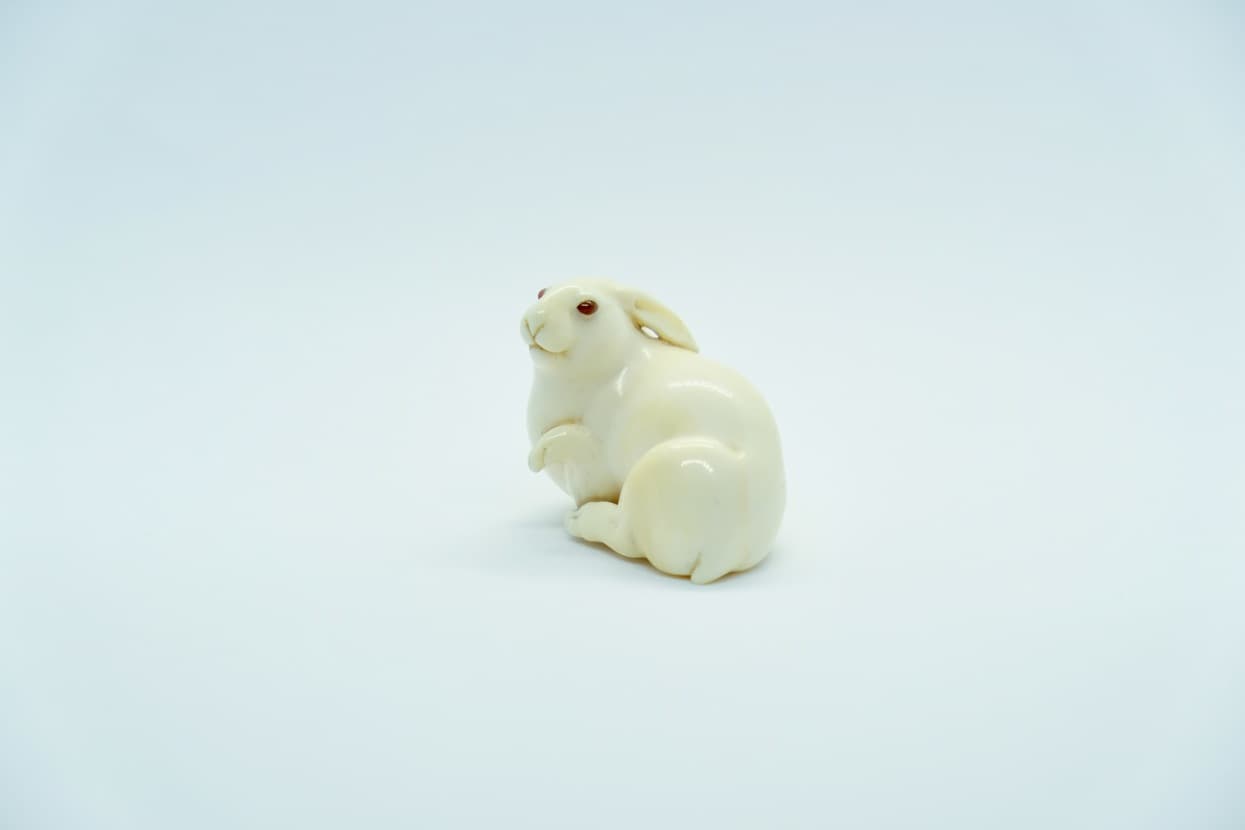
Masatoshi (sign.), Recumbent hare with raised forepaw, c. 1880, Ivory, buffalo horn, de Waal Family Collection
